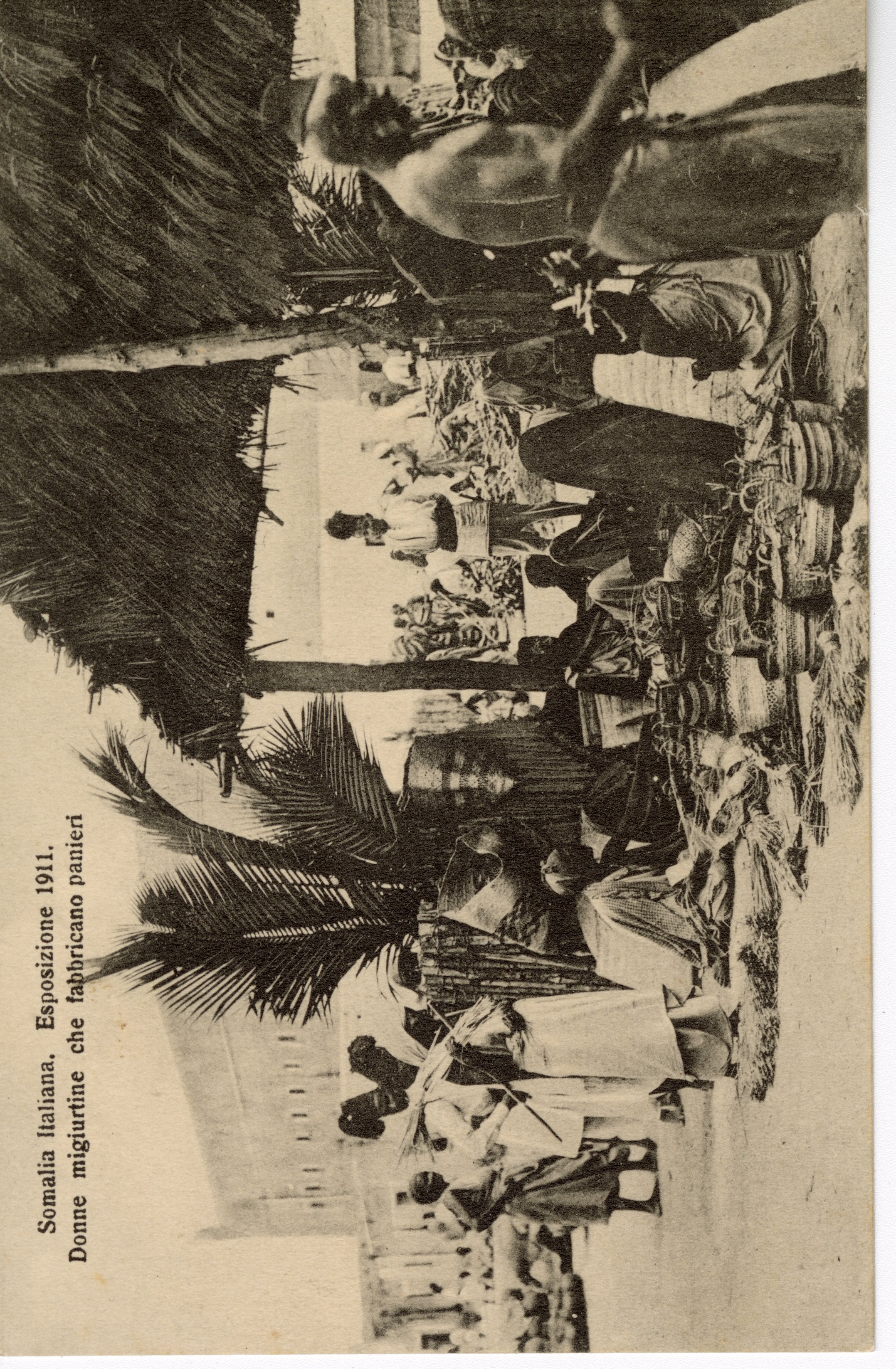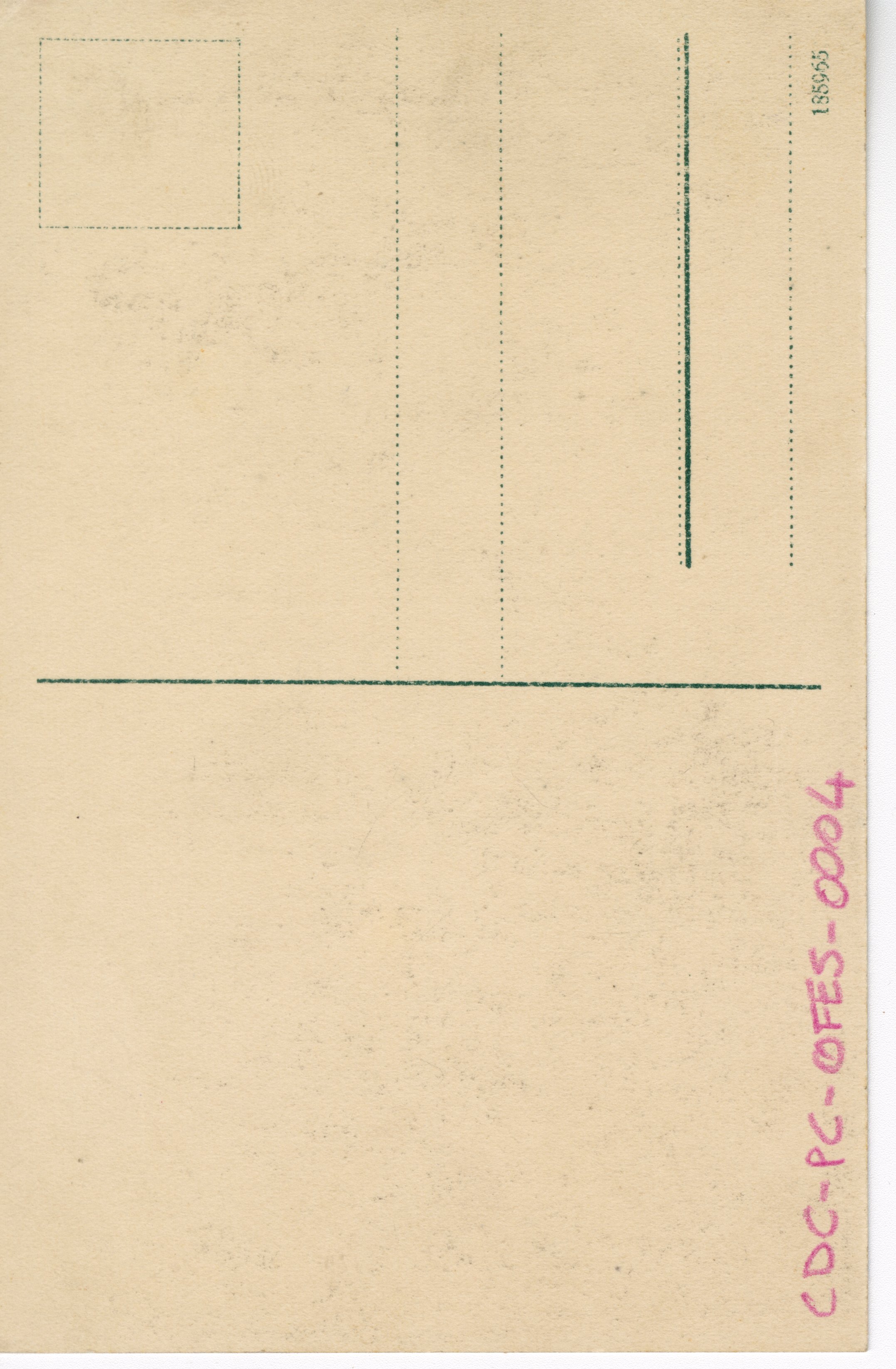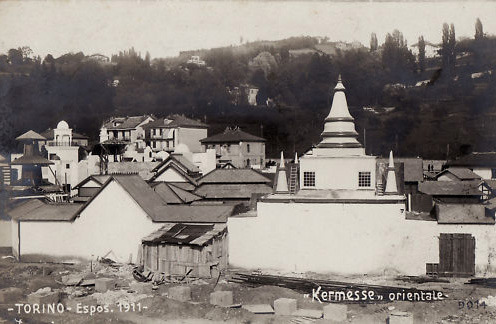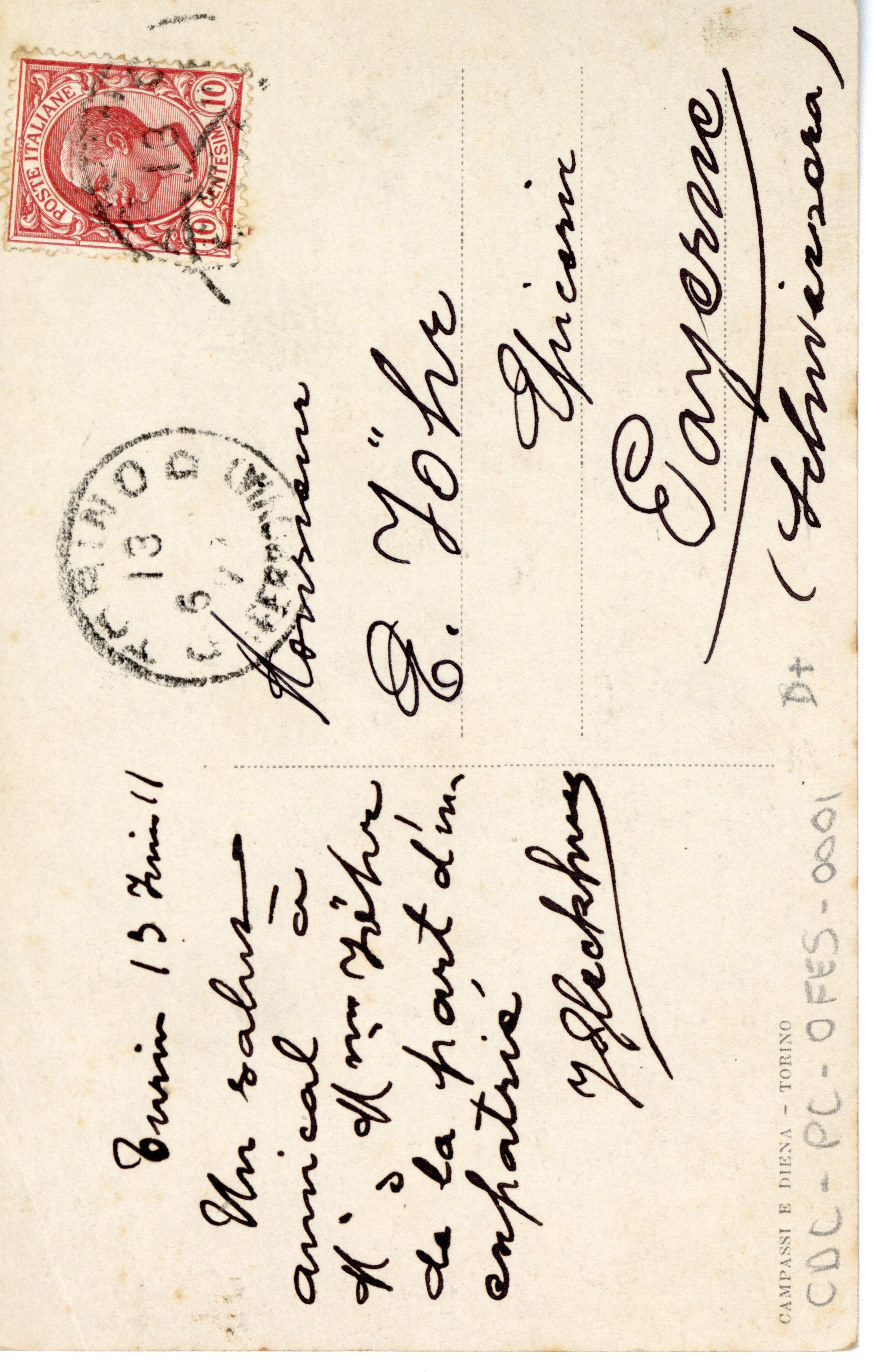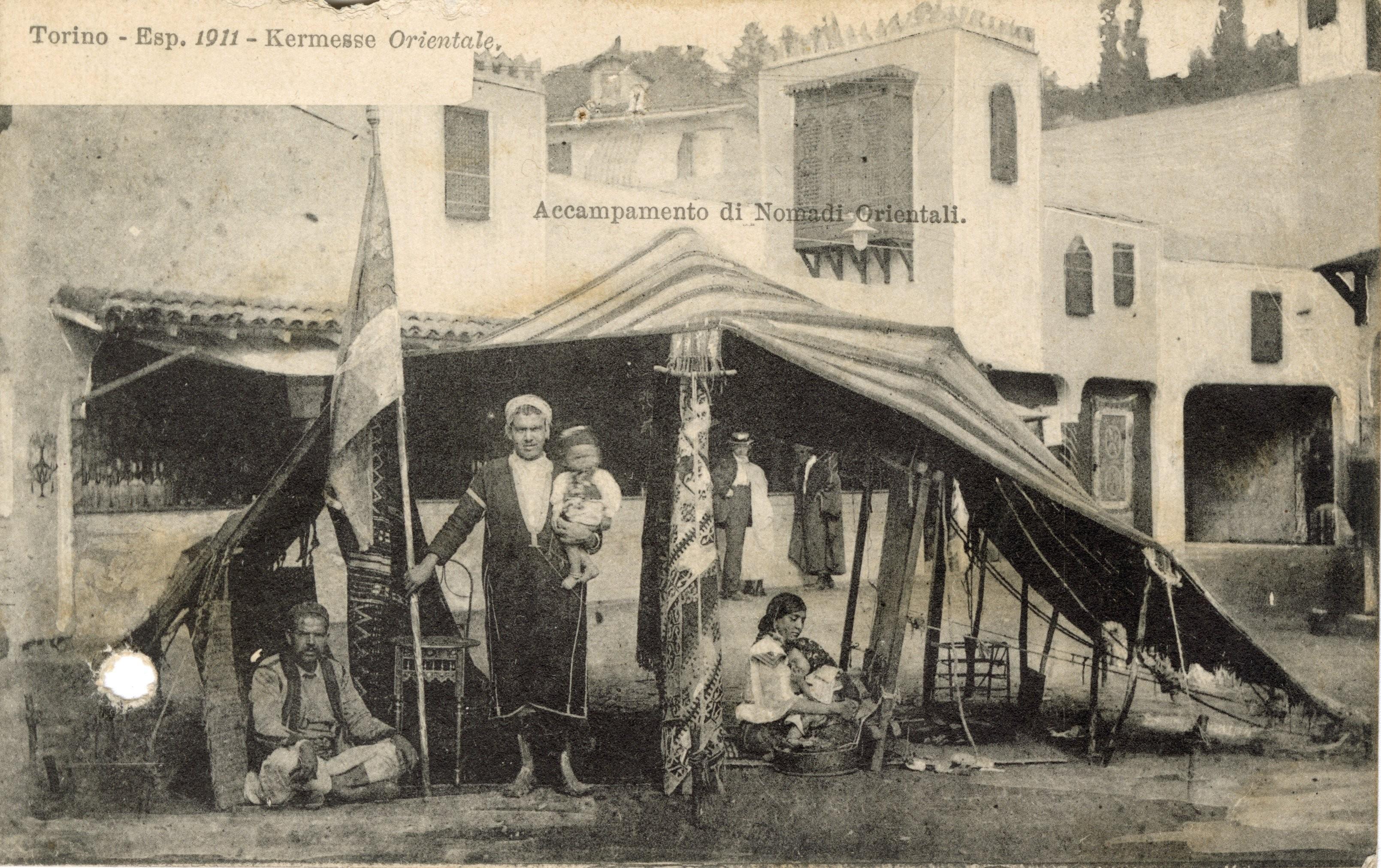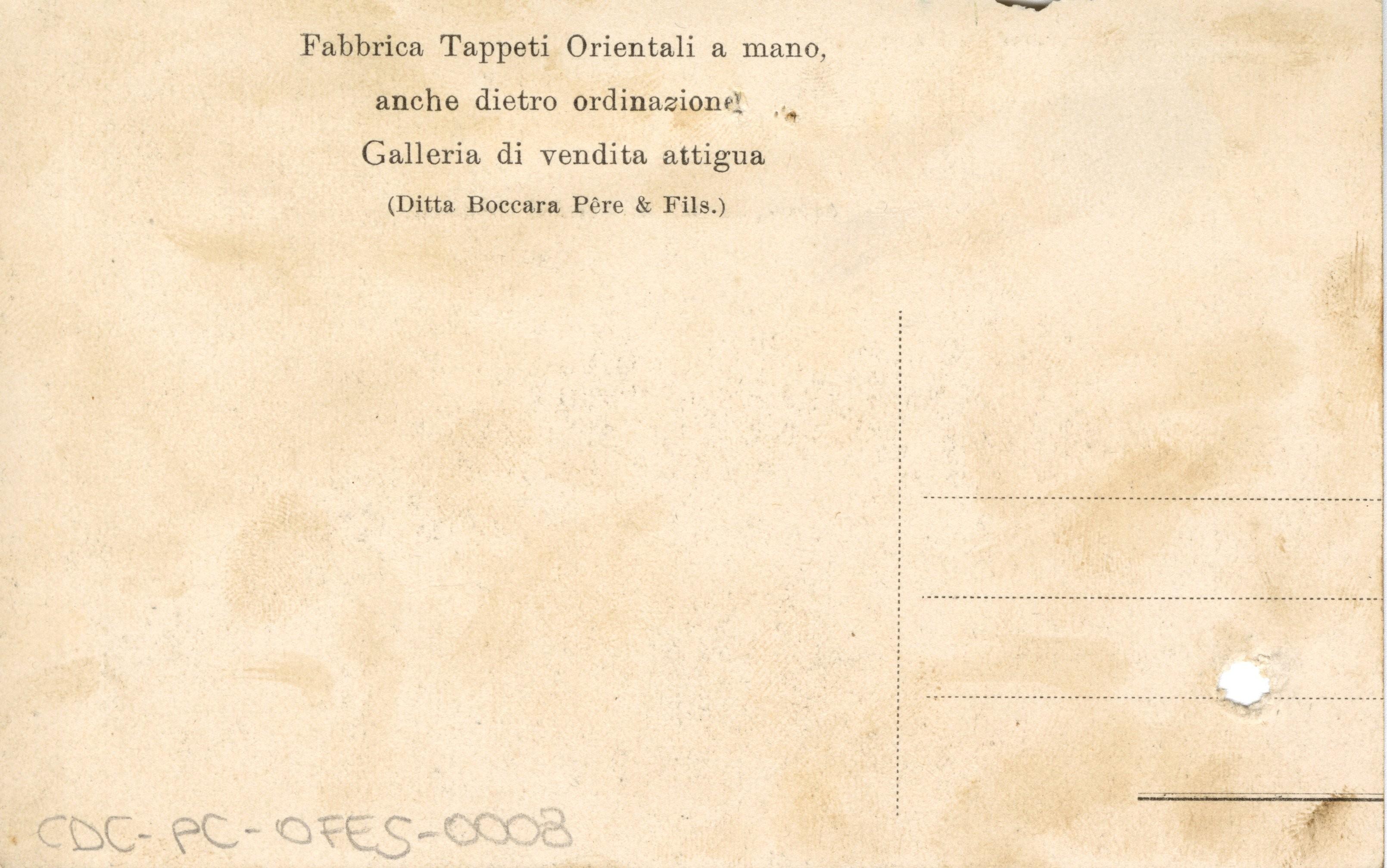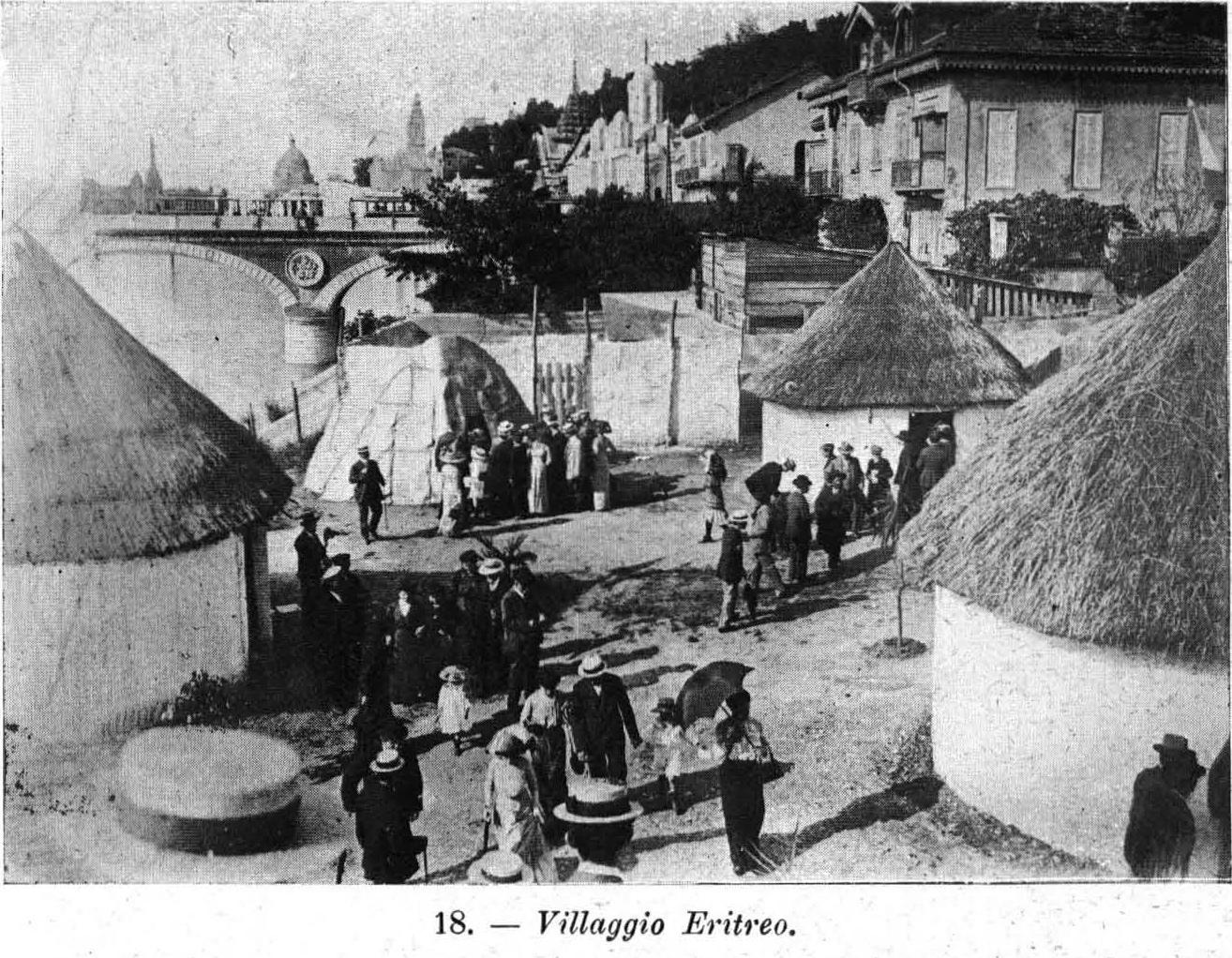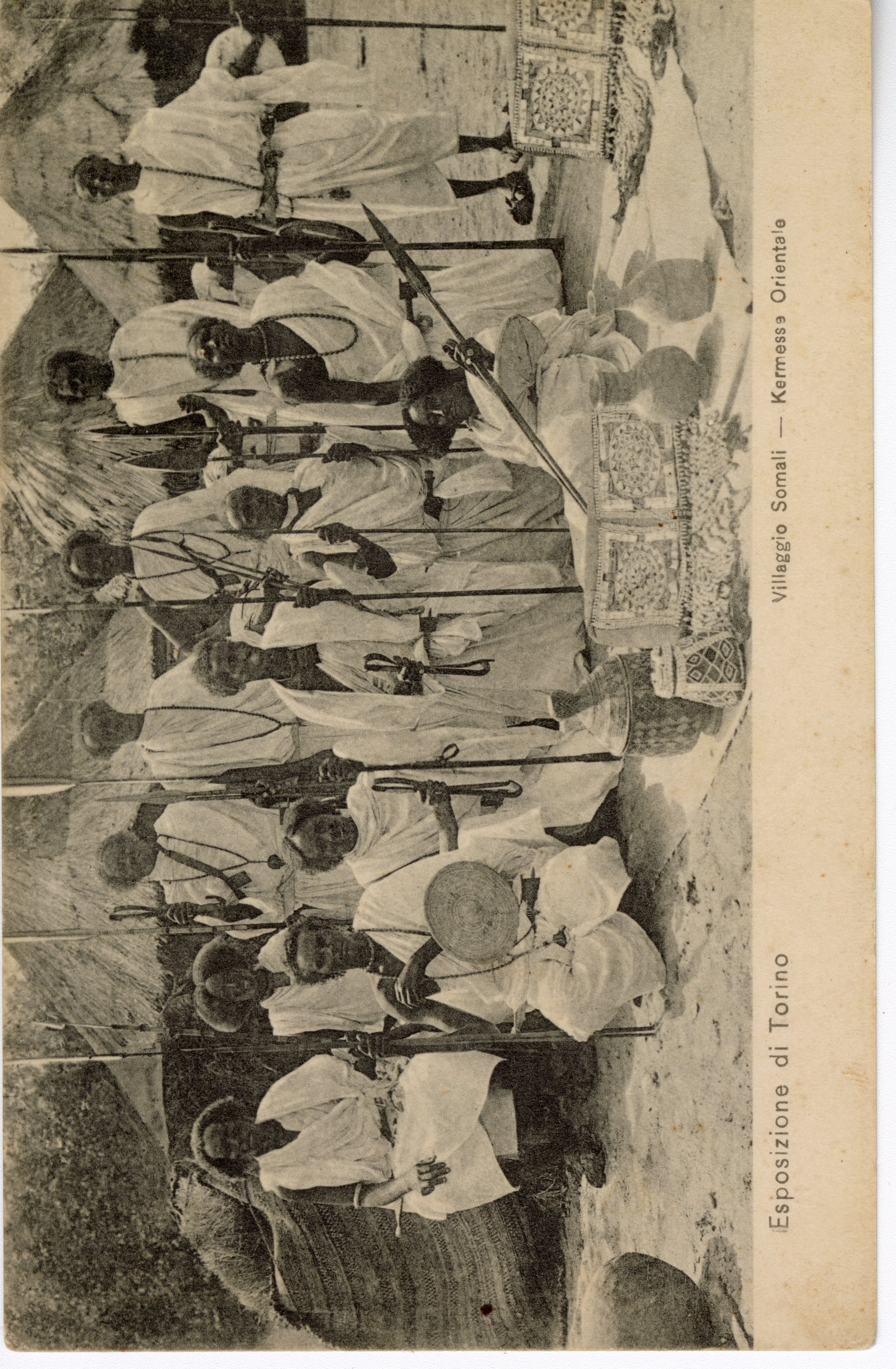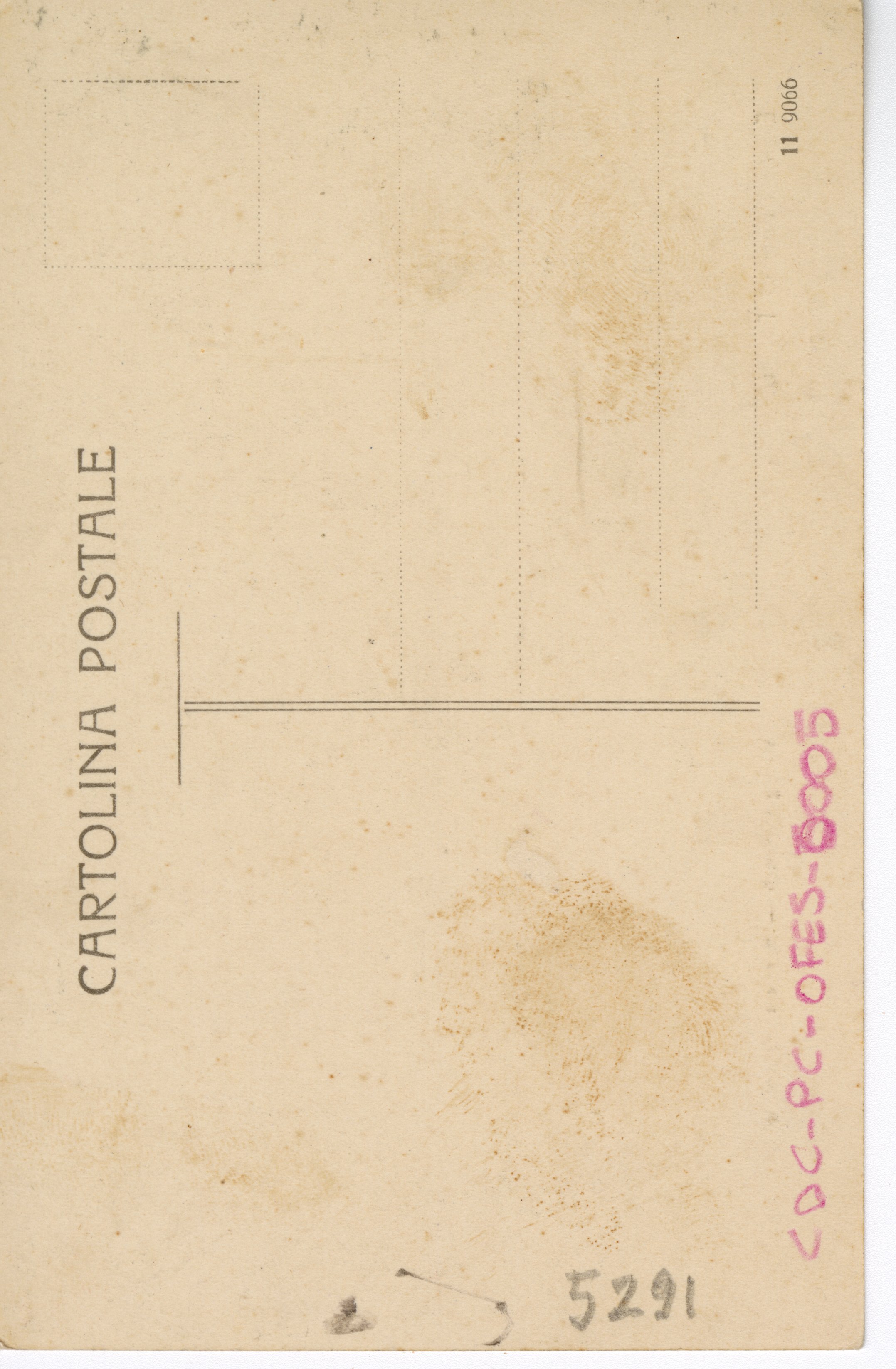Orientalism
Historically, the term "Orientalism" refers to the representation of the Eastern world (or "Orient") by writers, architects, painters, musicians, dancers, theatre-makers, and other artists from the Western world. Although the field of study dates back many centuries, it is typically associated with nineteenth-century imperialism in visual and material culture.
Since the publication of Edward Said's seminal book, Orientalism in 1978, the term "Orientalism" defines a Western view towards Middle Eastern, Asian, and North African societies, which is predicated upon the hegemonic idea that the West is progress-bound, developed, rational, and ultimately superior. Conversely, Eastern cultures are seen as unchanging, and undeveloped. West and East are thus essentialized as binary opposites.
Said observes that the subject of learned Orientalists in the West is not so much the East itself as the East made known to the Western reading public. World's Fairs were ideal stages for the display of this idea of "The Orient," which allowed to popularize a view of "Eastern" cultures and people as both fascinating and threatening to Western civilization.
Said's Orientalism unmasked the political weight of "representation" as a form of hegemony over the "Other." While the power of hegemonic discourse cannot be underestimated, especially in the highly choreographed and stereotyped popular "spectacles" of the World's Fairs, one should also investigate the volatile elements of the othering process, which included both the ambivalence of the spectators, and the involvement of those represented in both reproducing and contesting Western stereotypes of "the Orient."
These complex and changing relations emerge, for example, in the Pavilions of Hungary, Turkey, Siam, and Serbia in Turin 1911, as well as in exhibits of Japan, China, and Persia in the Pavilion of the Arts Applied to Industry. Like all World's Fairs, Turin 1911 also featured an area devoted to the "Orient." It was named Kermesse Orientale and was situated in the Pilonetto area of the Valentino Park.
Related Built Environment Objects
Related Secondary Sources
Related Archival Material


